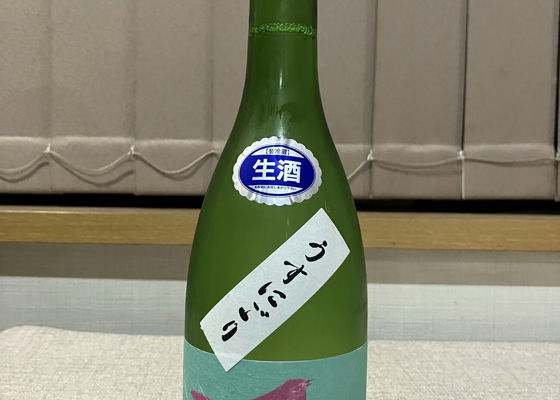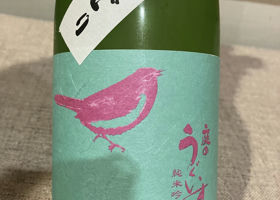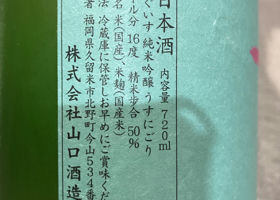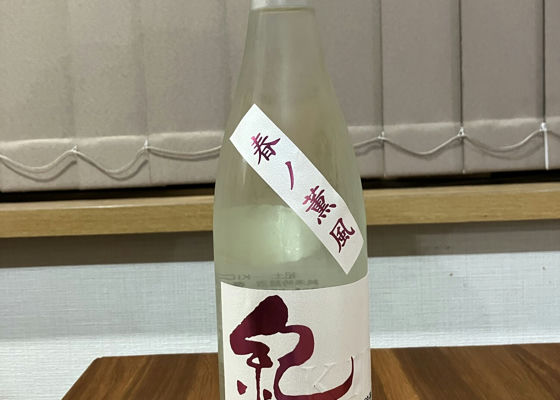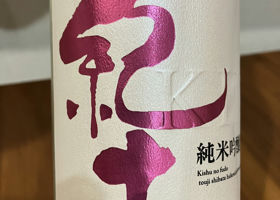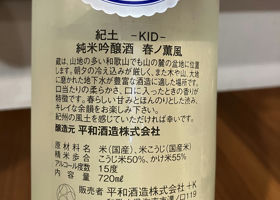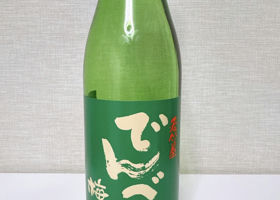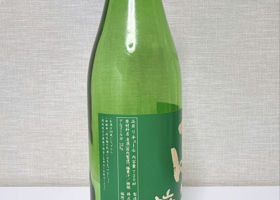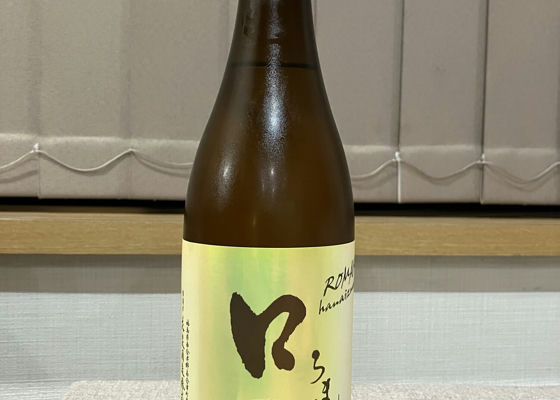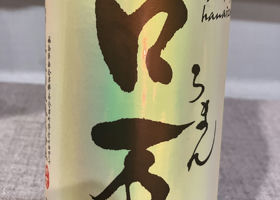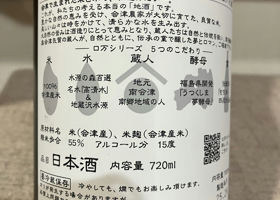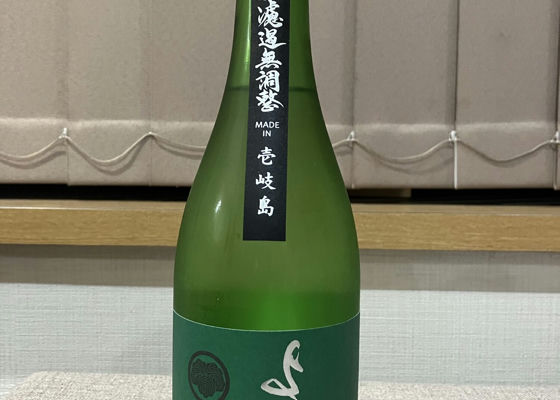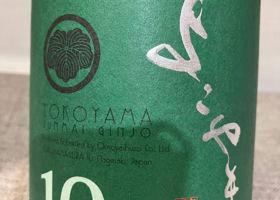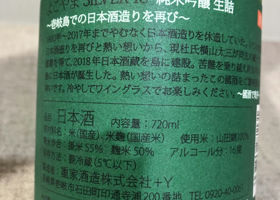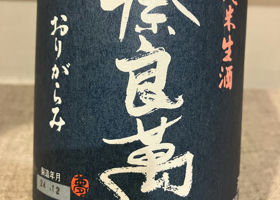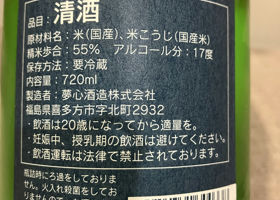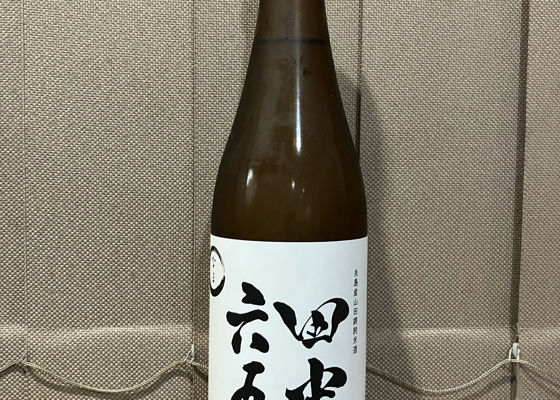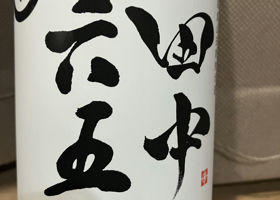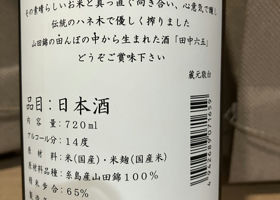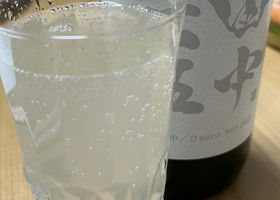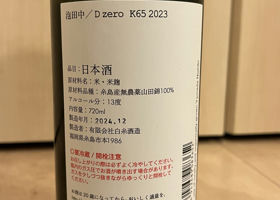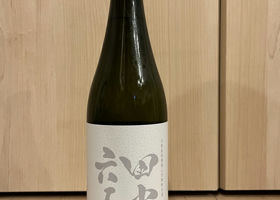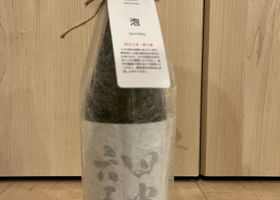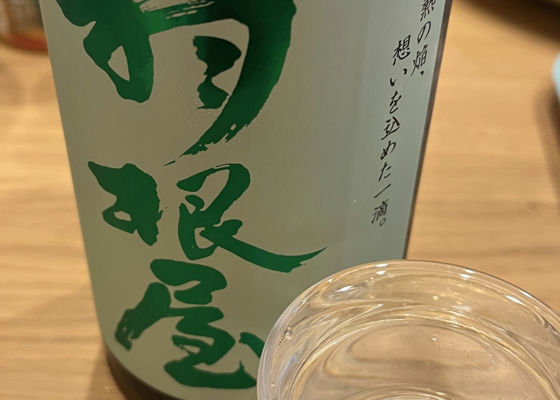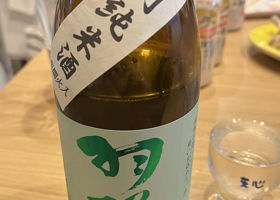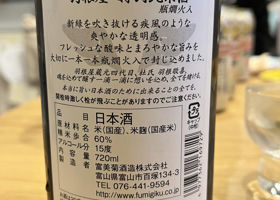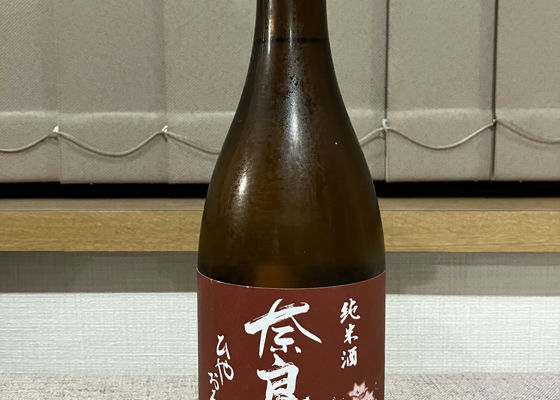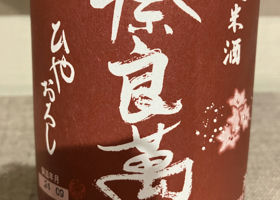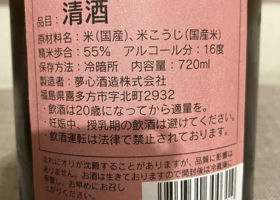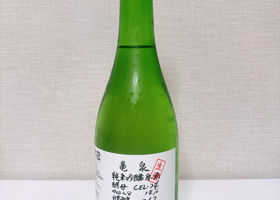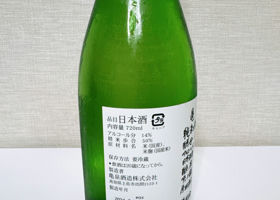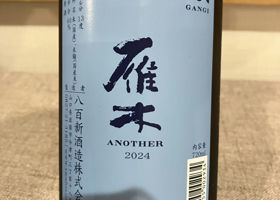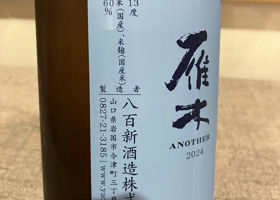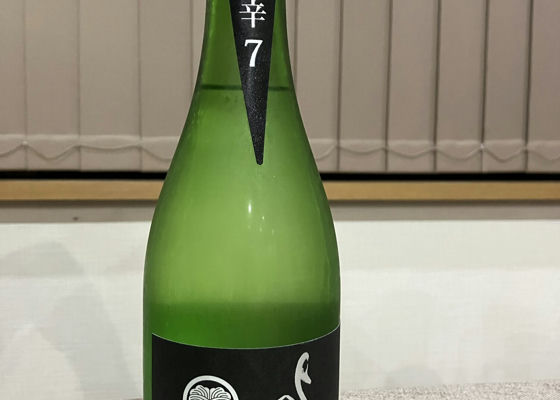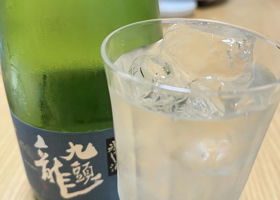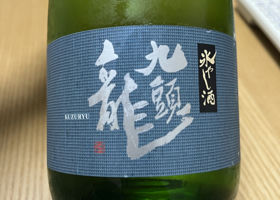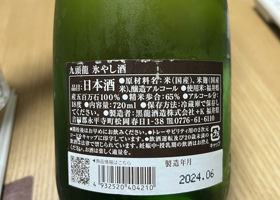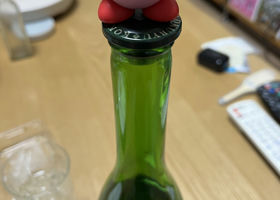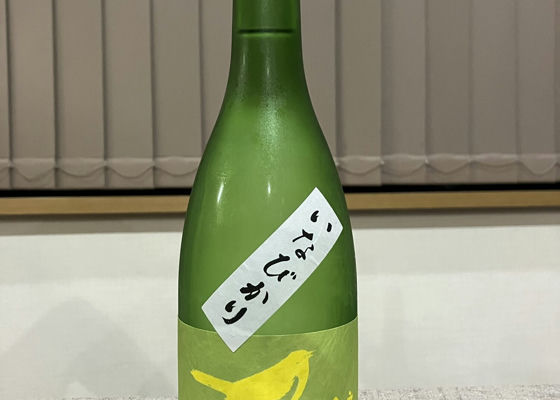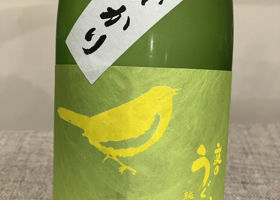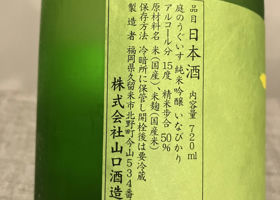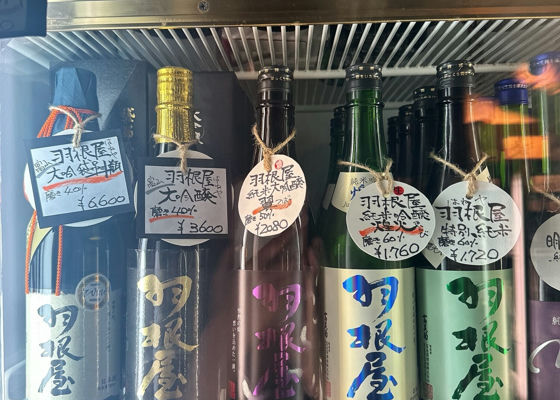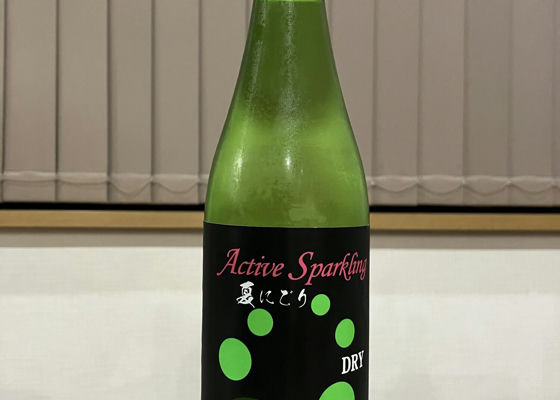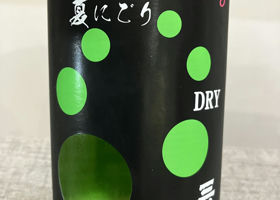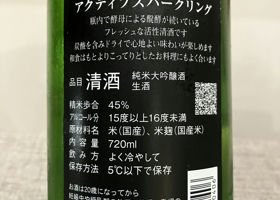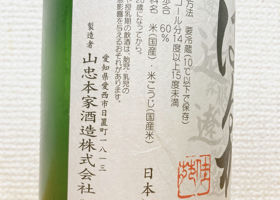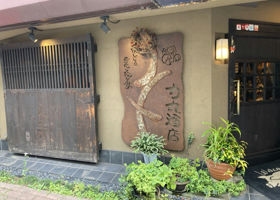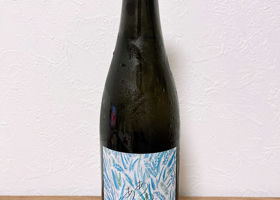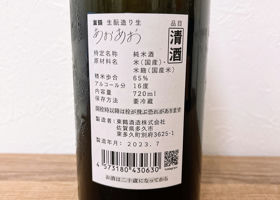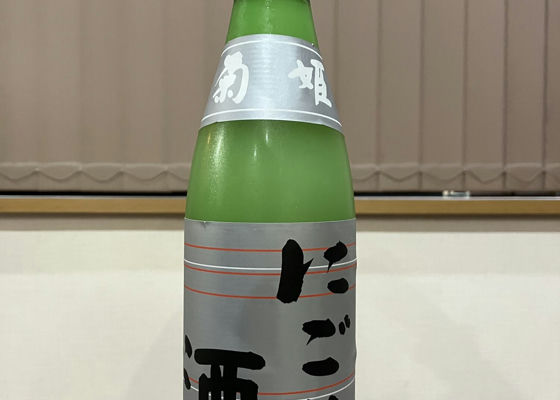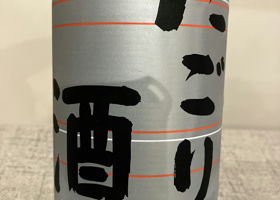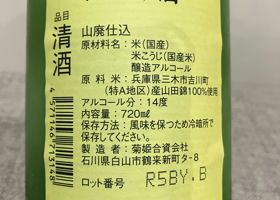Timeline
インチキンWe have a lineup of spring-like light nigori sake.
When the bottle is opened, it has a slightly gorgeous aroma and the taste is sweet with a hint of leesiness.
The aftertaste is not strong, so it goes well with food in spite of the aroma, and we enjoyed it with sashimi of striped horse mackerel. インチキンWhen the bottle was first opened, the aroma and the sweetness in the mouth made it a true springtime sake.
I thought I would enjoy it by itself because of the sweetness at first, but it went well with chicken breast sashimi and was very tasty. インチキンI thought the label would suggest a gorgeous, robust flavor, but was pleasantly surprised.
The aroma when the bottle was first opened was a little gorgeous, but the taste was clean and refreshing, with a lingering aftertaste that went very well with the bonito sashimi. nabeHello.
Thank you for drinking sake from my hometown, Minamiaizu Town! インチキンThis is the first time I have had SILVER 10.
The aroma when opening the bottle was less than that of 7, but the flavor was more robust, making it more of a food wine than a stand-alone sake.
It went well with yellowtail sashimi and was very tasty. インチキンIt really is a cream soda.
The creamy yet robust flavor went well with the squid sashimi and was very tasty. インチキンTanaka Rokugo after a long time.
As one would expect from a fresh sake, it has a slightly tangy gaseous taste, followed by a firm flavor. There is not much of a lingering aftertaste, and we enjoyed it with nabe (hot pot), which went well with it. たかゆきThey finally came to our house!
Tanaka Rokugo Sparkling
The light-colored label is very nice 😊.
And one sip...
It's still good! I'm sure you'll love it 😋.
Despite the usual fruity flavor
It's super dry and carbonated like a gale down your throat.
It is super dry and carbonated like a gale down your throat! It's a very dry beer 😄.
This is a bottle that makes you want to try pairing it with fish dishes! たかゆきHaneya Special Junmai Sake
Refreshing, fresh, and very easy to drink!
My nephew and I finished a bottle lightly 😋.
It is one of Haneya's most easy to drink sake.
I recommend it to anyone who wants to try sake!
I recommend it to anyone who wants to try sake 😊. インチキンSecond Hiyaoroshi
I buy Naraman every year because I think it goes very well with yellowtail sashimi (orikarami) and chicken sashimi and white liver (hiyaoroshi).
It is very tasty and goes very well with white liver. インチキンIt has a gorgeous aroma that is typical of Ganki. It has a refreshing, low-alcoholic taste, but it also has a strong flavor, and it goes very well with chicken sashimi and white liver. インチキンThis sake is perfect for summer.
It has a slightly tangy texture on the tongue and a clean taste on the palate with a slightly bitter aftertaste.
It is a perfect match for sashimi, and we enjoyed it very much with yellowtail and squid sashimi. たかゆきSummer is here.
I'm having a rapid summer.
Because I'm drinking summer sake
Because I'm drinking summer sake on the rocks
Alcohole is 18 degrees, but if you drink it on the rocks
but if you drink it on the rocks, it becomes a very gentle alcohole 😊.
Dry and refreshing
It goes in smoothly and refreshingly
It will soak into your five organs and six intestines.
Anywhere before, during and after meals
It doesn't interfere with any food
It will accompany you slowly 😊.
Try it this summer 😉. インチキンCompared to last year's sake, the aroma and taste are much more subdued.
The previous Inabikari had a strong flavor, so we enjoyed it on its own, but this year it has a refreshing flavor that goes well with fried foods and is very tasty. もにーPolishing ratio 60
Alcohol 16%.
Easy to drink 🍶.
It was my first sake from Toyama🌸 インチキンA refreshing summer nigori.
It has a strong flavor, but the lingering sweetness is minimal and disappears quickly, making it a great mid-meal sake.
It was very delicious with sashimi such as tuna fillets, salmon and prawns. いーじーKitakyushu liquor store drive sake (2)
Rikimaru Sake Shop, one of the famous liquor stores in Kitakyushu
The inside of the store has a Ghibli-like (?) image. The inside of the store has a Ghibli-like (?) image like a general store.
In search of brands not available at liquor stores in Fukuoka City
Among Gonin Musume, Kamo Kanehide, Shoyuki, etc., I chose Gikyo, which I have never had before!
The aroma is subdued.
Classic light with gentle rice flavor
Good thickness and depth
According to my research, Haruka is lighter and less matured than the others.
The gentleness is doubled when it is heated up. インチキンSecond Stage of Reconstruction Assistance Sake
Fortunately, we were relieved to hear that Kikuhime Limited Partnership is continuing to produce sake.
The taste was rich and robust, as is typical of nigori (nigori) sake, with a hint of alcohol when the sake returns to room temperature, but the aftertaste was refreshing and very delicious.
I myself have not been able to support the Noto Peninsula earthquake recovery efforts, but I hope this sake will help to cheer up the sake breweries in Ishikawa Prefecture, even if only a little. RecommendedContentsSectionView.title
